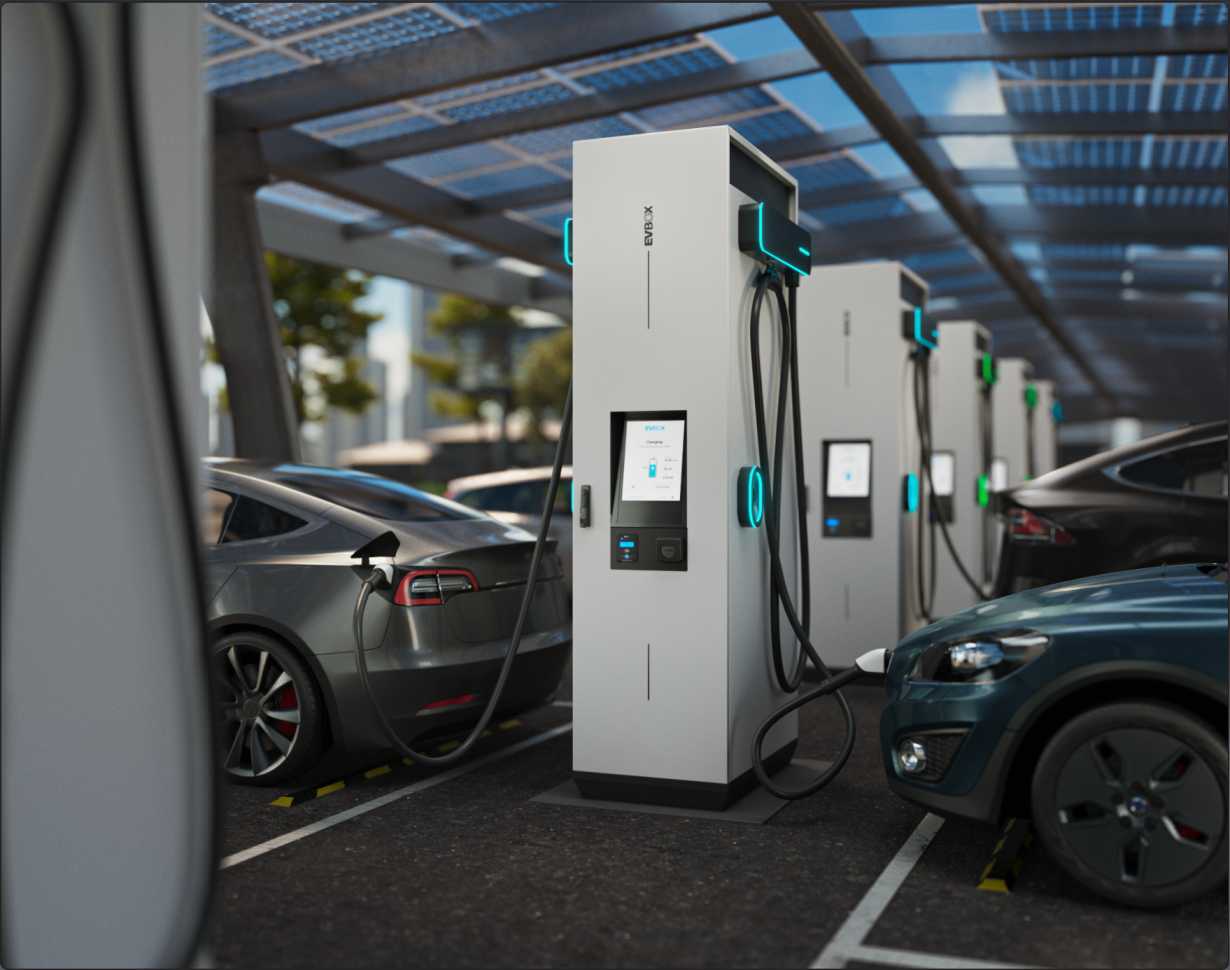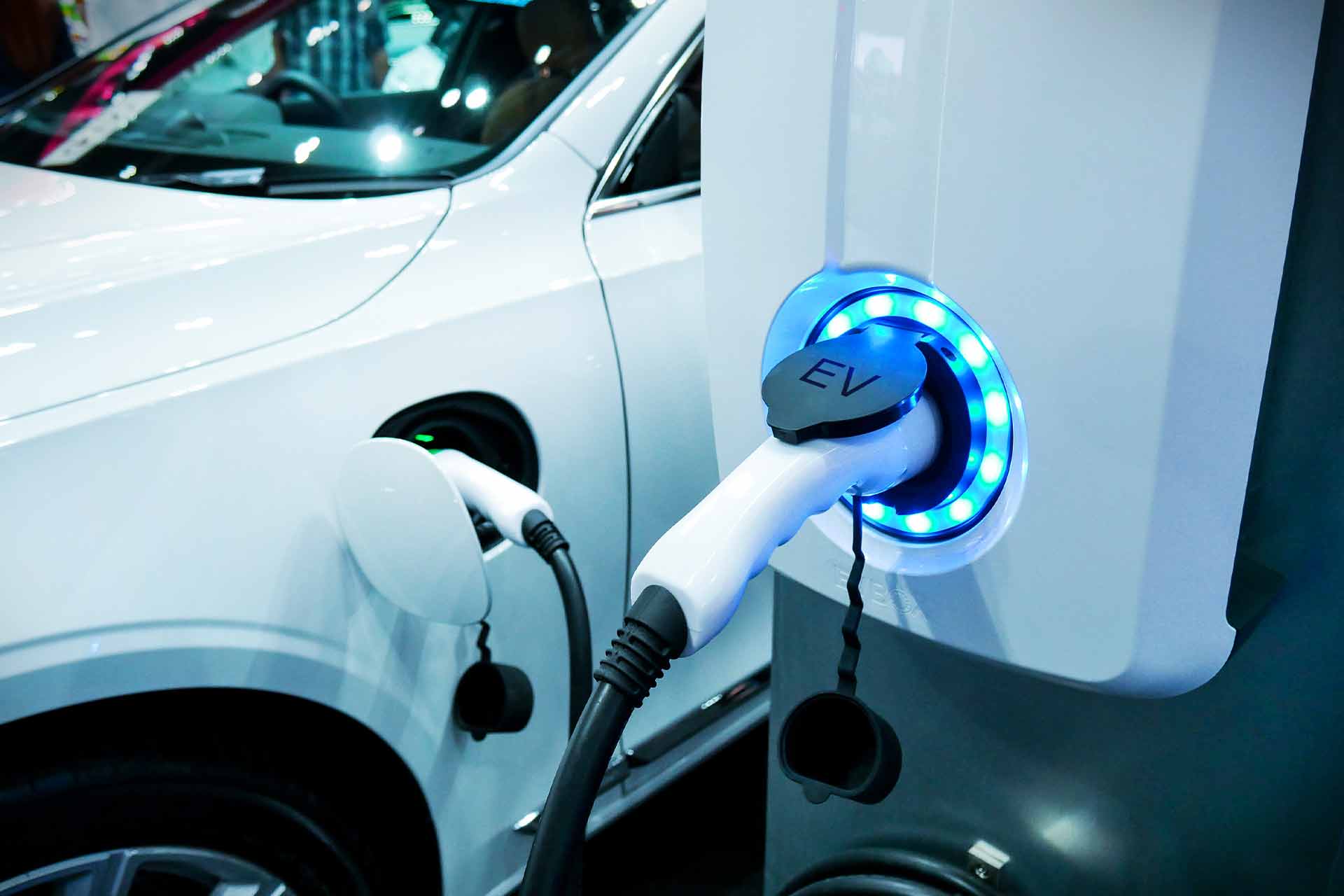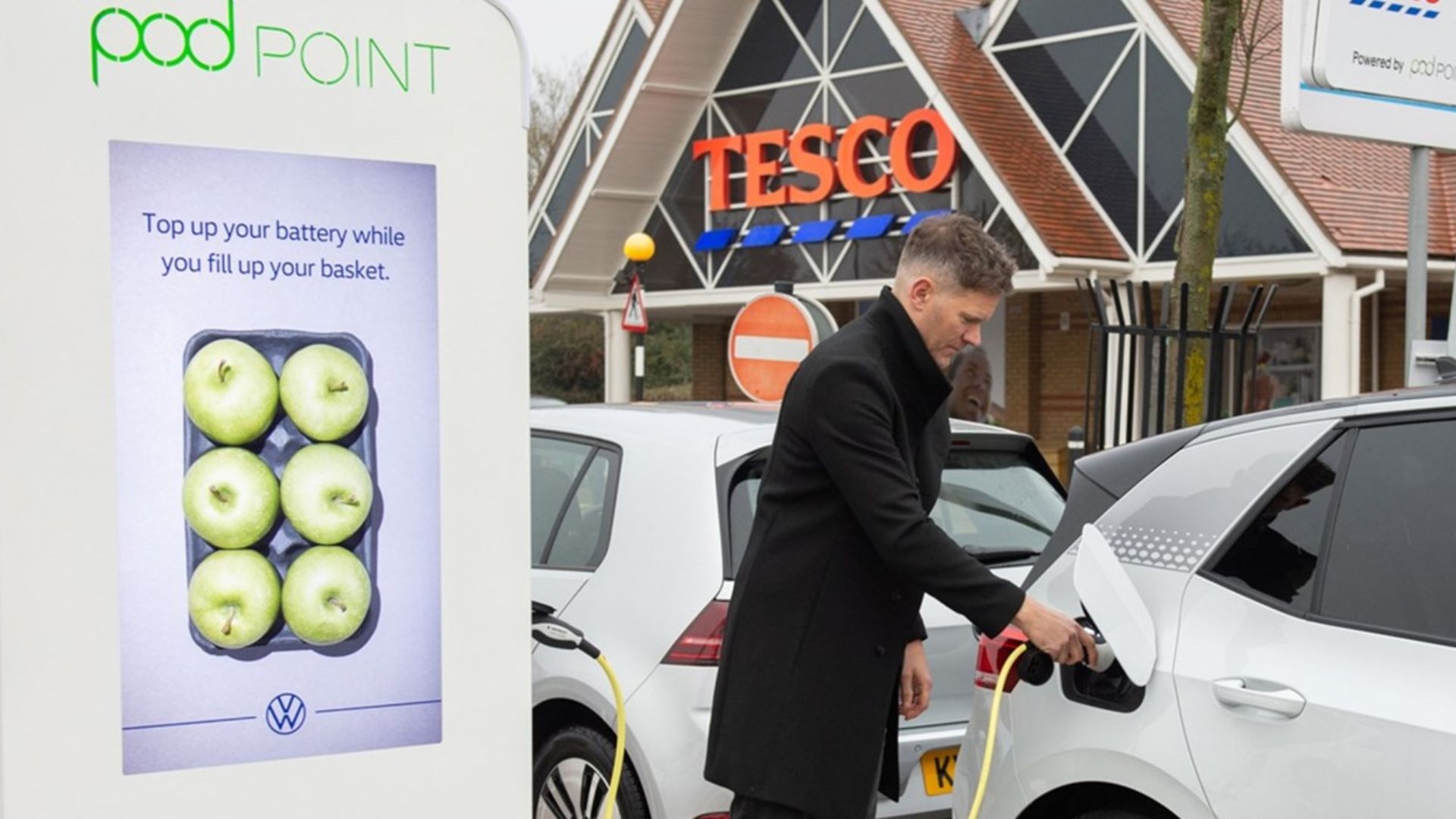“`html
Electric car Charging Near Me: A Comprehensive Guide
body {
font-family: sans-serif;
line-height: 1.6;
margin: 20px;
}
h1, h2, h3 {
color: #333;
}
h2 {
margin-top: 30px;
}
h3 {
margin-top: 20px;
}
p {
margin-bottom: 15px;
}
Electric Car Charging Near Me: A Comprehensive Guide

The electric vehicle (EV) revolution is here, and with it comes the essential question: where do I charge my car? Finding convenient and reliable charging options is crucial for any EV owner. This comprehensive guide will explore the various aspects of electric car charging, focusing on how to find charging stations near you, the different types of chargers, and tips for optimizing your charging experience.
Understanding Electric Vehicle Charging
Before diving into finding charging stations, it’s important to understand the basics of EV charging. Electric vehicles use electricity stored in batteries to power their motors. Recharging these batteries is done by connecting the car to a power source through a charging station. The speed and efficiency of charging depend on several factors, including the type of charger, the car’s onboard charger, and the battery’s current state of charge.
Types of Charging Stations
There are three main levels of EV charging:
Level 1 Charging

Level 1 charging uses a standard 120-volt household outlet. It’s the slowest charging method, typically adding only 2-5 miles of range per hour. This is often suitable for overnight charging at home, but it’s not practical for quick top-ups or long journeys.
Level 2 Charging
Level 2 charging uses a 240-volt outlet, similar to those used for electric dryers or ovens. It significantly speeds up charging, adding 10-60 miles of range per hour, depending on the charger and the car. Level 2 chargers are common in homes, workplaces, and public charging stations.
DC Fast Charging (Level 3)

DC Fast Charging, also known as Level 3 charging, uses direct current (DC) to charge the battery directly, bypassing the car’s onboard charger. This is the fastest charging method, capable of adding 100-200 miles of range in just 20-30 minutes. DC Fast Chargers are typically found at public charging stations along highways and major travel routes.
Finding Electric Car Charging Stations Near You
Locating charging stations has become increasingly easy thanks to various apps and online resources. Here are some of the most popular methods:
Using Dedicated EV Charging Apps
Several apps specialize in locating and providing information about EV charging stations. These apps often offer features like real-time availability, pricing, and user reviews. Some popular apps include:
PlugShare
PlugShare is a widely used app that provides a comprehensive map of charging stations, including public and private locations. Users can filter by charger type, network, and availability, and they can also leave reviews and photos.
ChargePoint
ChargePoint is a major charging network that also offers a mobile app. The app allows users to find and activate ChargePoint stations, check availability, and pay for charging.
Electrify America
Electrify America, a subsidiary of Volkswagen, focuses on building a network of DC Fast Chargers. Their app helps users find and navigate to their stations, check real-time availability, and initiate charging sessions.
EVgo
EVgo is another major provider of DC Fast Charging stations. Their app allows users to locate stations, check availability, and manage their charging sessions.
Google Maps and Apple Maps
General navigation apps like Google Maps and Apple Maps have integrated EV charging station locators. Simply search for “EV charging stations” or “electric car chargers” to find nearby options. These apps often provide information about charger type, availability, and user reviews.
Automaker Apps
Many automakers offer their own apps that integrate with their vehicles and provide charging station information. These apps often include features like route planning with charging stops and remote monitoring of charging sessions.
Online Charging Station Maps and Databases
In addition to apps, several websites and online databases provide information about charging stations:
Department of Energy’s Alternative Fuels Data Center
The U.S. Department of Energy’s Alternative Fuels Data Center provides a comprehensive map of alternative fuel stations, including EV charging stations. You can filter by charger type, network, and location.
Open Charge Map
Open Charge Map is a crowdsourced database of charging stations worldwide. It provides a map and detailed information about charging stations, including charger type, availability, and user comments.
Factors to Consider When Choosing a Charging Station
When selecting a charging station, consider the following factors:
Charger Type and Speed
Choose a charger that matches your car’s charging capabilities and your charging needs. For quick top-ups, opt for DC Fast Chargers. For overnight charging, Level 2 chargers are sufficient.
Location and Convenience
Select charging stations that are conveniently located near your home, workplace, or frequently visited destinations. Consider factors like accessibility, parking availability, and nearby amenities.
Availability and Wait Times
Check the real-time availability of charging stations using apps or online resources. During peak hours, some stations may have long wait times. Consider alternative stations or plan your charging accordingly.
Pricing and Payment Options
Charging costs vary depending on the network, charger type, and time of day. Compare pricing and payment options to find the most cost-effective solution. Some networks offer subscription plans or pay-as-you-go options.
Network Reliability and Customer Support
Choose charging networks with a reputation for reliability and good customer support. Check user reviews and ratings to gauge the quality of service.
Tips for Optimizing Your Electric Car Charging Experience
To maximize your EV charging experience, follow these tips:
Plan Your Charging Stops
Plan your charging stops in advance, especially for long journeys. Use navigation apps and charging station locators to identify suitable charging locations along your route.
Charge During Off-Peak Hours
Charging during off-peak hours can often result in lower electricity rates. Check with your local utility company for time-of-use rates.
Use Your Car’s Scheduled Charging Feature
Many EVs allow you to schedule charging sessions. Take advantage of this feature to charge your car overnight or during off-peak hours.
Keep Your Battery Between 20% and 80%
To prolong battery life, avoid consistently charging to 100% or letting the battery drain below 20%. Aim to keep your battery within this range for optimal performance.
Take Advantage of Destination Charging
Destination charging refers to charging stations located at places like hotels, restaurants, and shopping centers. Take advantage of these charging options while you’re parked.
Install a Home Charging Station
For convenient and cost-effective charging, consider installing a Level 2 charging station at home. This allows you to charge your car overnight and avoid public charging fees.
The Future of Electric Car Charging
The EV charging infrastructure is rapidly evolving. Advancements in battery technology, charging speeds, and network expansion are making EV ownership more convenient and accessible. Here are some trends to watch:
Wireless Charging
Wireless charging technology is being developed to allow EVs to charge without the need for cables. This technology could be integrated into roads and parking spaces, making charging even more seamless.
Vehicle-to-Grid (V2G) Technology
V2G technology allows EVs to send energy back to the grid, providing a way to balance energy demand and supply. This technology could also enable EVs to power homes during outages.
Faster Charging Speeds
Advancements in battery and charging technology are leading to faster charging speeds. Future DC Fast Chargers could potentially add hundreds of miles of range in just a few minutes.
Expanded Charging Networks
Governments and private companies are investing heavily in expanding charging networks. This will increase the availability of charging stations and reduce range anxiety.
Conclusion
Finding electric car charging stations near you is becoming increasingly easy thanks to various apps, online resources, and expanding charging networks. By understanding the different types of chargers, considering key factors when choosing a station, and following tips for optimizing your charging experience, you can make EV ownership



